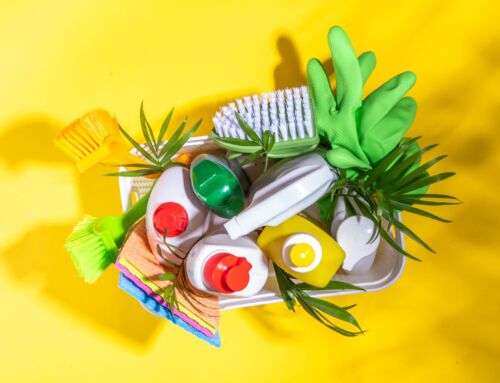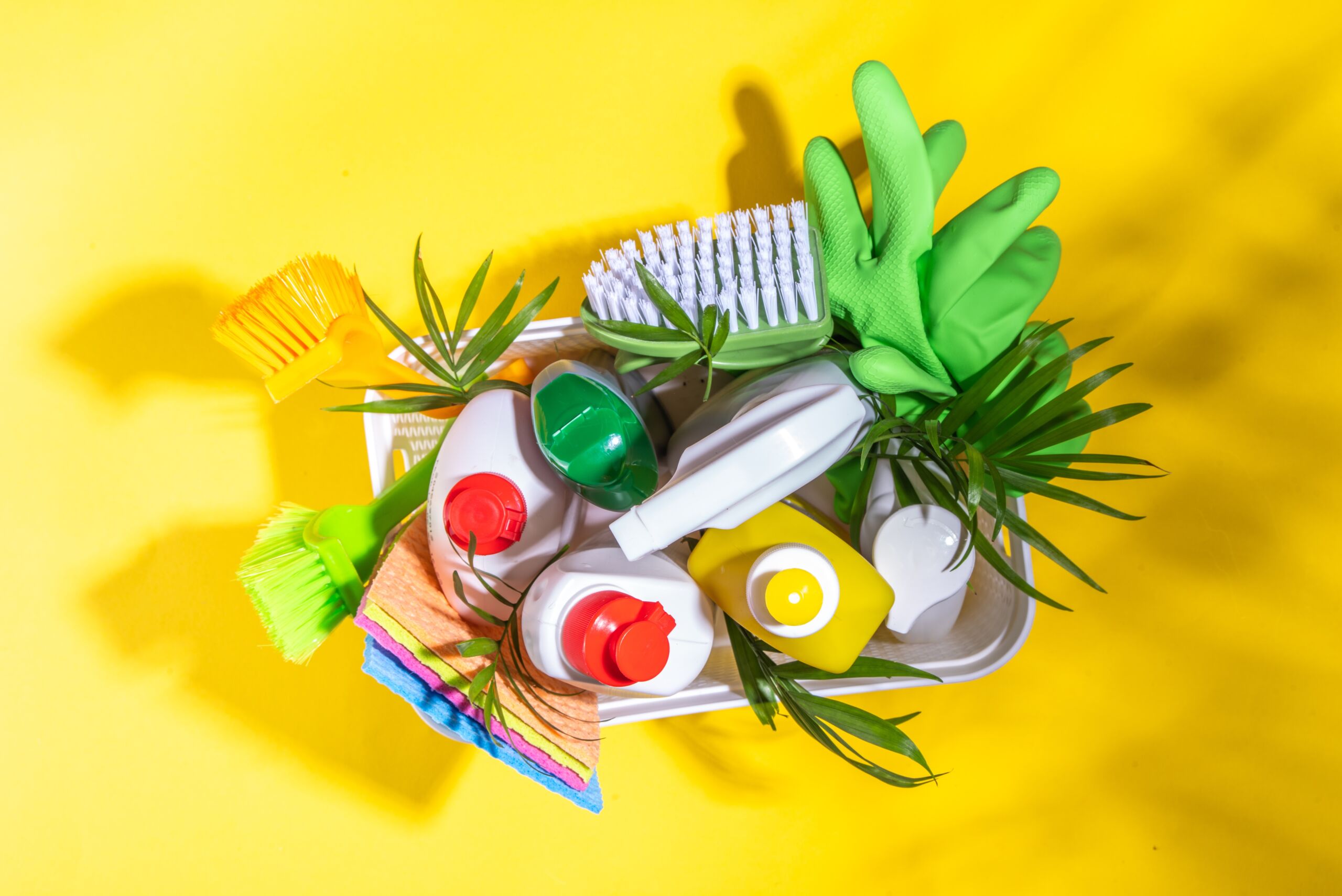
Spring Decluttering Made Simple: What to Keep, Toss, and Donate Without Regret
Spring is in the air, and you know what that means—it’s time to shake off the dust, clear out the clutter, and refresh your space! But let’s be honest, decluttering can feel overwhelming. How do you decide what to keep, what to toss, and what’s better off being donated? The key to success is a foolproof sorting system that takes the guesswork out of the process. This guide will help you streamline your spring cleaning and make decluttering an enjoyable and regret-free experience! With a bit of strategy, you can transform your home into a serene, organized sanctuary without the stress. Whether you’re tackling a single closet or an entire house, taking small, manageable steps will ensure success. Let’s get started and make this spring the season of fresh beginnings!
Step 1: Set the Mood for Success
Before you dive into decluttering, set the stage for a productive and enjoyable session:
- Pick a playlist or podcast. Upbeat music or an interesting podcast can make the process fun and keep your energy levels up. Choose something that keeps you motivated—whether it’s an energizing playlist or a true crime podcast to keep your mind engaged while you work. The right background noise can make the time fly by!
- Gather supplies. Get trash bags, donation boxes, and cleaning supplies ready. Having everything within arm’s reach will prevent distractions and allow you to stay focused. Consider labeling donation bins by category (clothing, books, kitchenware) to make the process even more seamless.
- Set a timer. Work in short bursts (20-30 minutes) to avoid burnout and stay focused. If you’re someone who tends to get sidetracked, the Pomodoro technique—working in intervals with short breaks—can be a game-changer. Reward yourself after each session with a small treat or a short break to keep the momentum going.
Step 2: Follow the Three-Pile Rule
As you go through each area, sort items into three categories: Keep, Toss, or Donate. Be decisive! If you hesitate, ask yourself the following:
What to Keep
Hold onto items that: ✔ Have been used in the past year and serve a purpose. If you haven’t used it but think you might in the future, be honest with yourself—will you really need it? ✔ Hold significant sentimental value. However, be mindful not to hold onto everything just because it carries a memory. A few well-chosen keepsakes are more meaningful than boxes full of forgotten items. ✔ Spark joy (thank you, Marie Kondo!). If an item makes you happy every time you see it, it deserves a place in your home. ✔ Are in good condition and not broken or worn out. If something needs repair, ask yourself if it’s truly worth fixing or if it’s just taking up space.
What to Toss
Let go of anything that: ❌ Is damaged beyond repair. That old toaster with a frayed cord or the broken lamp you’ve been meaning to fix? It’s time to say goodbye. ❌ Has expired (think food, medicine, and beauty products). Expired products not only take up unnecessary space but can also be unsafe to use. ❌ You wouldn’t buy again or never really liked in the first place. We all have those impulse purchases that never quite worked out—don’t feel guilty about letting them go. ❌ Takes up unnecessary space and no longer fits your lifestyle. If you’ve moved on from an old hobby or changed your style, allow your belongings to reflect that growth.
What to Donate
Pass along items that: Are in good condition but no longer needed. If it’s still usable but not bringing you joy, let someone else appreciate it. Would genuinely benefit someone else. Items like warm coats, professional attire, or household essentials can make a big difference to those in need. ✨ You have duplicates of (how many coffee mugs do you really need?). Extra kitchen gadgets, bedding, or office supplies can find a better home elsewhere. Are seasonally appropriate and useful to donation centers. Many organizations appreciate timely donations, such as summer clothes in spring or holiday decor in fall.
Step 3: Tackle One Space at a Time
To prevent feeling overwhelmed, focus on one area at a time. Here’s a checklist to help:
- Closet: Donate clothes you haven’t worn in a year. Toss anything with stains or tears. If you’re unsure about an item, try the hanger trick—flip the hanger around, and if it’s still facing that way in six months, it’s time to let it go.
- Kitchen: Check for expired pantry items, duplicate utensils, and unused gadgets. That fondue set you used once five years ago? It’s probably time to pass it along.
- Bathroom: Discard old makeup, toiletries, and expired medications. If you have unopened hygiene products you no longer need, consider donating them to a local shelter.
- Garage/Basement: Sort through tools, holiday decor, and storage bins. If you have sports equipment or camping gear that hasn’t been used in years, consider donating it to a local youth program or outdoor charity.
- Living Areas: Remove cluttered surfaces, unused decor, and old magazines. If your coffee table is drowning in papers, create a designated spot for important documents to avoid future buildup.
Step 4: Make the Donation Process Easy
Once you’ve sorted your donations, don’t let them sit in your home for weeks! Find a local charity, thrift store, or shelter in Medford, OR, and drop them off promptly. Some organizations even offer pick-up services. Research online or call ahead to see what items they accept and what’s most needed. If you’re donating clothes, ensure they’re clean and in good condition—no holes or missing buttons. A little effort in sorting your donations ensures they go to someone who can truly use them. Bonus tip: Keep a donation bin in your home year-round so that when you find something you no longer need, you can drop it in immediately.
Step 5: Maintain the Decluttered Space
Now that you’ve put in the work, keep your space clutter-free by:
- Adopting a “one in, one out” rule. When you buy something new, donate or toss something old. This prevents clutter from creeping back in.
- Creating designated storage spaces. Give everything a home so clutter doesn’t build up again. Labeling bins, baskets, and shelves can make organization a breeze.
- Doing mini-declutters regularly. A quick 10-minute tidy-up each day prevents buildup. Set a weekly reminder to review different areas of your home and keep things in check.
Enjoy Your Fresh, Organized Space!
Decluttering doesn’t have to be a daunting chore. With the right approach, it can be a rewarding and stress-relieving process. By keeping only what serves you, letting go of what doesn’t, and donating thoughtfully, you’ll create a home that feels lighter, fresher, and more inviting this spring.
Happy decluttering from all of us at Top Notch Cleaning in Medford, OR! If you need a helping hand with deep cleaning after your decluttering session, give us a call—we’d love to help bring that fresh start to life!
Share this article
Follow us
A quick overview of the topics covered in this article.











